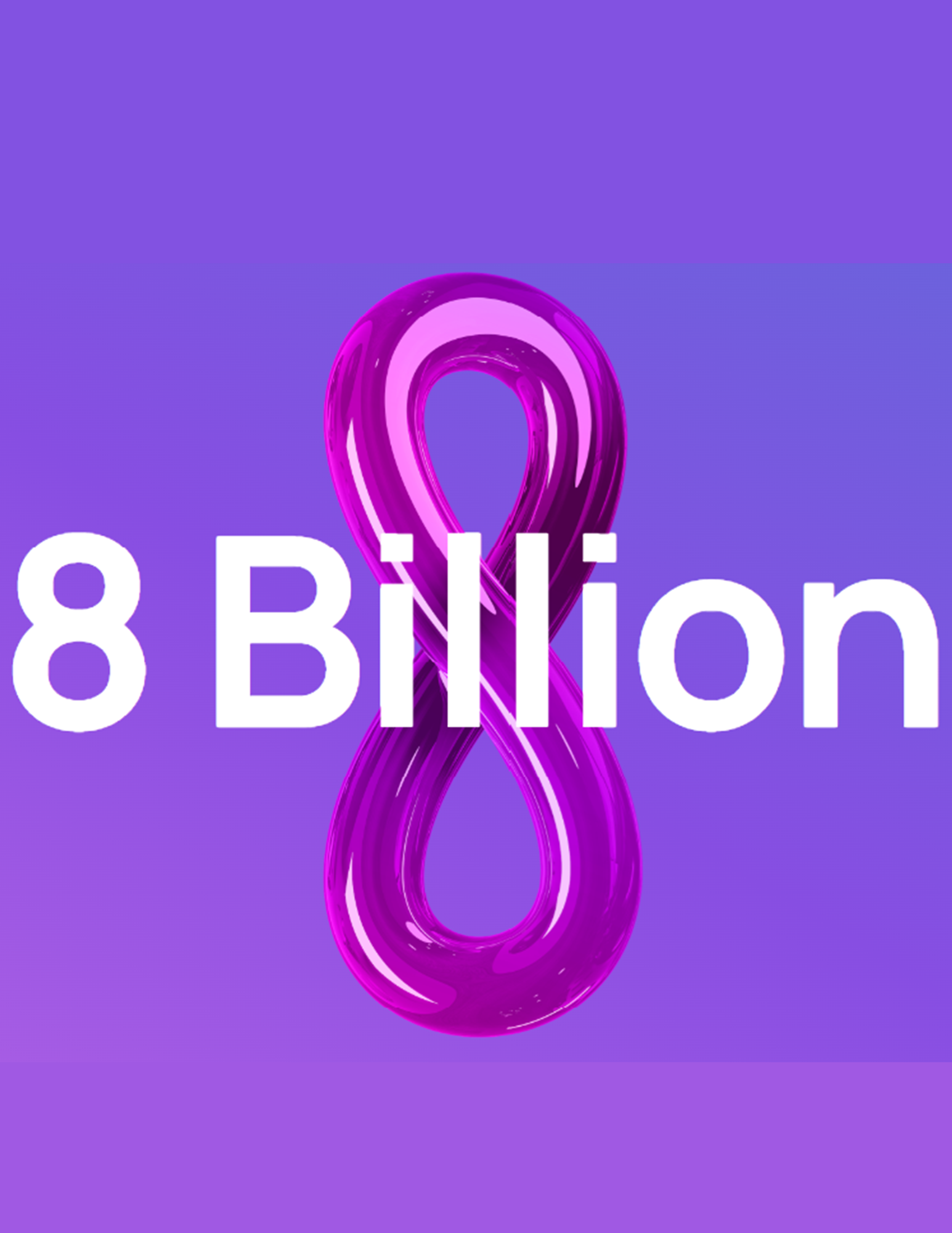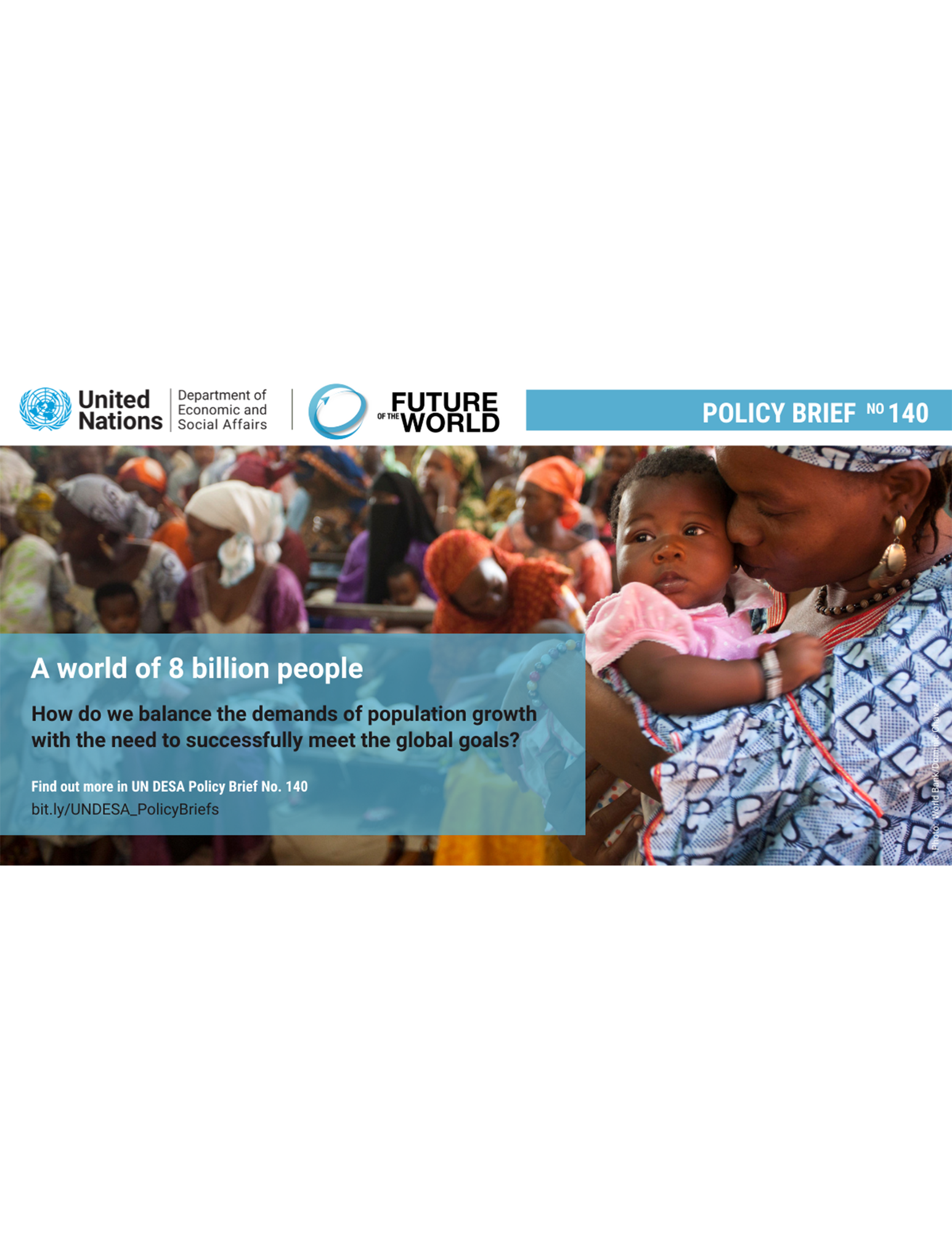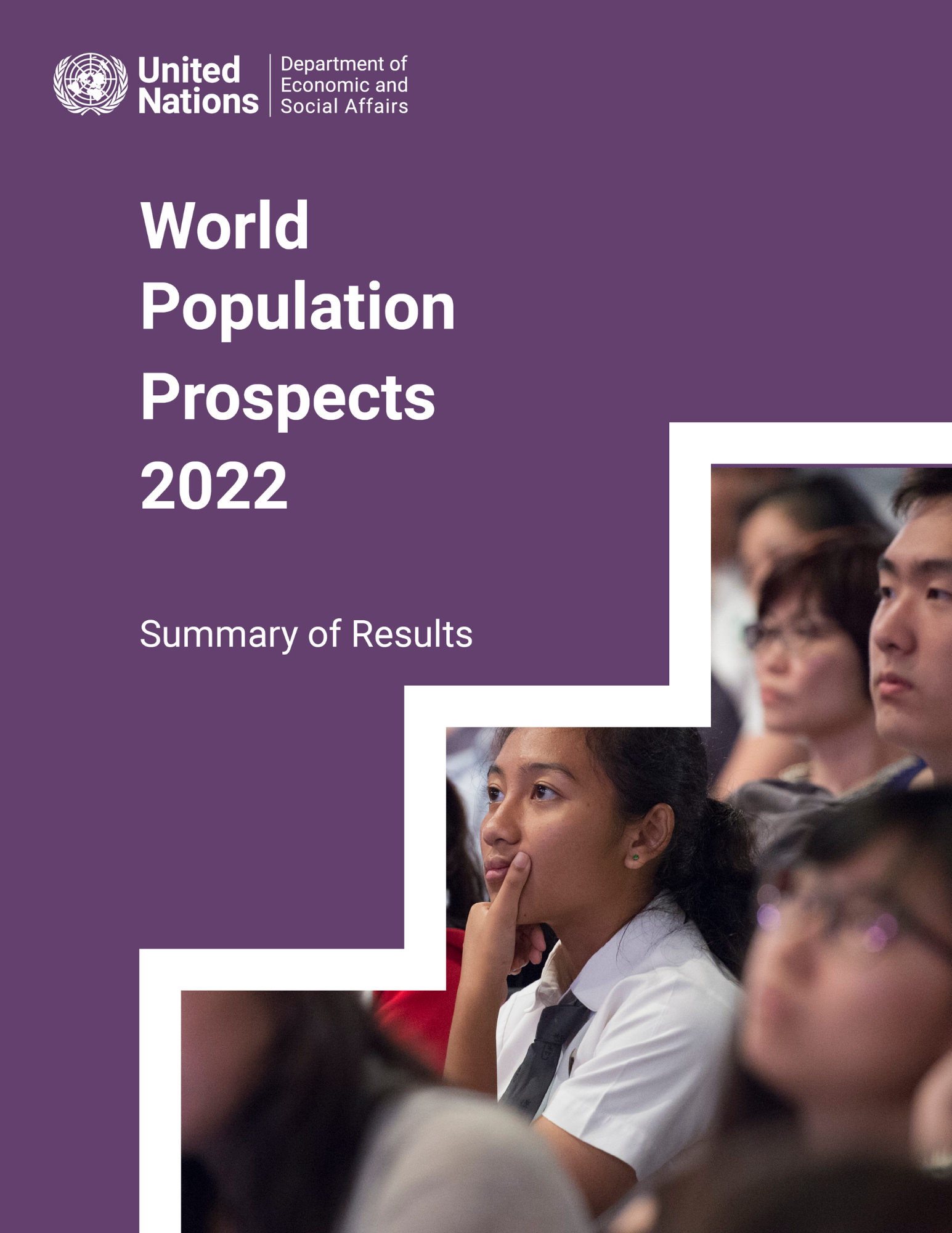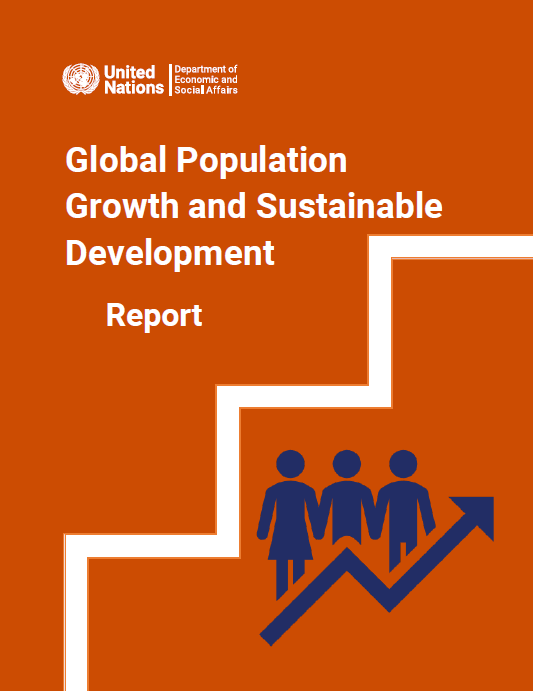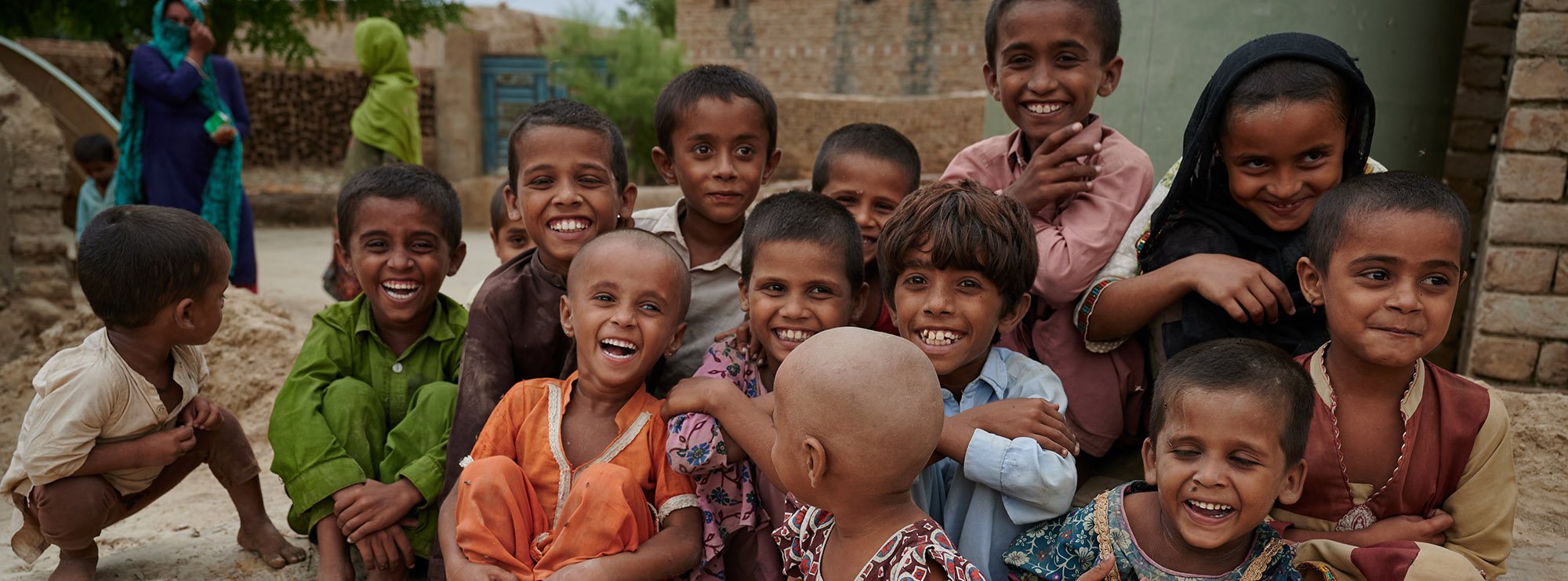
Day of Eight Billion
On 15 November 2022, the world’s population is projected to reach 8 billion people, a milestone in human development. This unprecedented growth is due to the gradual increase in human lifespan owing to improvements in public health, nutrition, personal hygiene and medicine. It is also the result of high and persistent levels of fertility in some countries.
While it took the global population 12 years to grow from 7 to 8 billion, it will take approximately 15 years—until 2037— for it to reach 9 billion, a sign that the overall growth rate of the global population is slowing.
The milestone is an occasion tocelebrate diversity and advancements while considering humanity's shared responsibility for the planet.”
ANTÓNIO GUTERRES, United Nations Secretary-General, 2022

Countries with the highest fertility levels tend to be those with the lowest income per capita. Global population growth has therefore over time become increasingly concentrated among the world’s poorest countries, most of which are in sub-Saharan Africa. In these countries, sustained rapid population growth can thwart the achievement of the Sustainable Development Goals (SDGs), which remain the world’s best pathway toward a happy and healthy future.
Even though population growth magnifies the environmental impact of economic development, rising per capita incomes are the main driver of unsustainable patterns of production and consumption. The countries with the highest per capita consumption of material resources and emissions of greenhouse gas emissions tend to be those where income per capita is higher, not those where the population is growing rapidly.
Meeting the objectives of the Paris Agreement to limit global temperature rise, while achieving the SDGs, critically depends on curbing unsustainable patterns of production and consumption. Yet, slower population growth over many decades could help to mitigate the further accumulation of environmental damage in the second half of the current century.
Resources
The UNFPA #8BillionStrong campaign marks the milestone Day of 8 Billion by sharing educational material on 8 trends for a world of 8 billion people: slowing growth, fewer children, longer lives, people on the move, ageing populations, women outliving men, two pandemics and shifting centres.
A World of 8 Billion What does population growth mean for sustainability? This policy brief from the UN Department of Economic and Social Affairs offers recommendations for planning for changes in population sizes and composition while meeting the goals of the Paris Climate Agreement.
World Population Prospects 2022 presents population projections to the year 2100 that reflect a range of plausible outcomes at the global, regional and national levels. For the first time, the estimates and projections are presented in one-year intervals of age and time instead of the five-year intervals used previously.
Global Population Growth and Sustainable Development examines how the current rapid growth of the human population is a consequence of the demographic transition from high to low levels of mortality and fertility. It also explores the contribution of global population increase to environmental degradation, including climate change.

